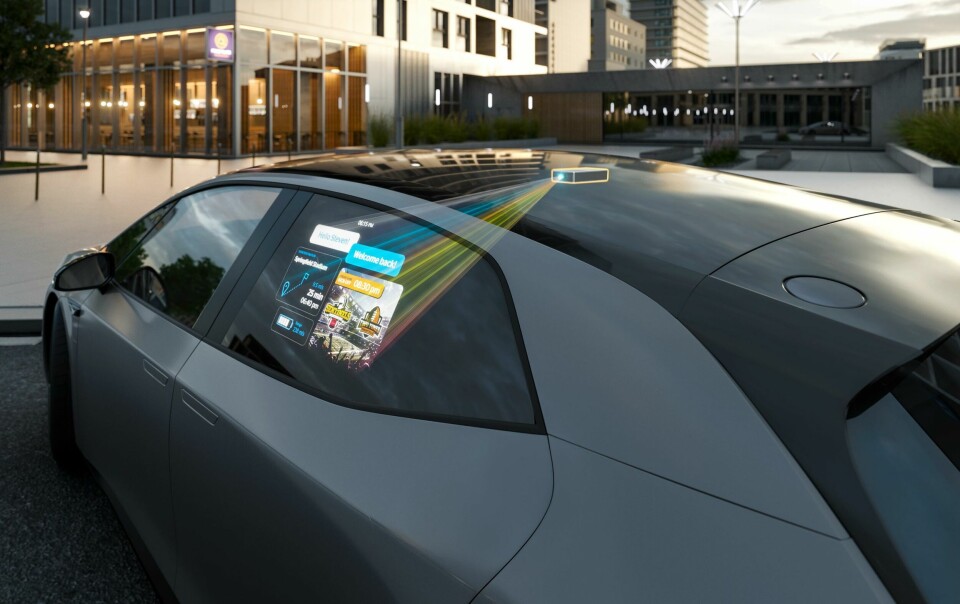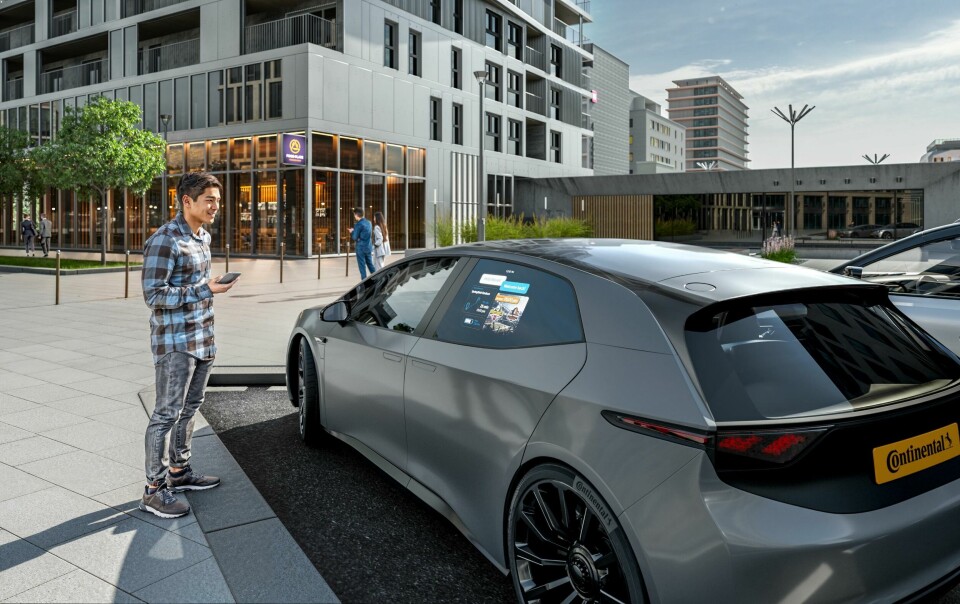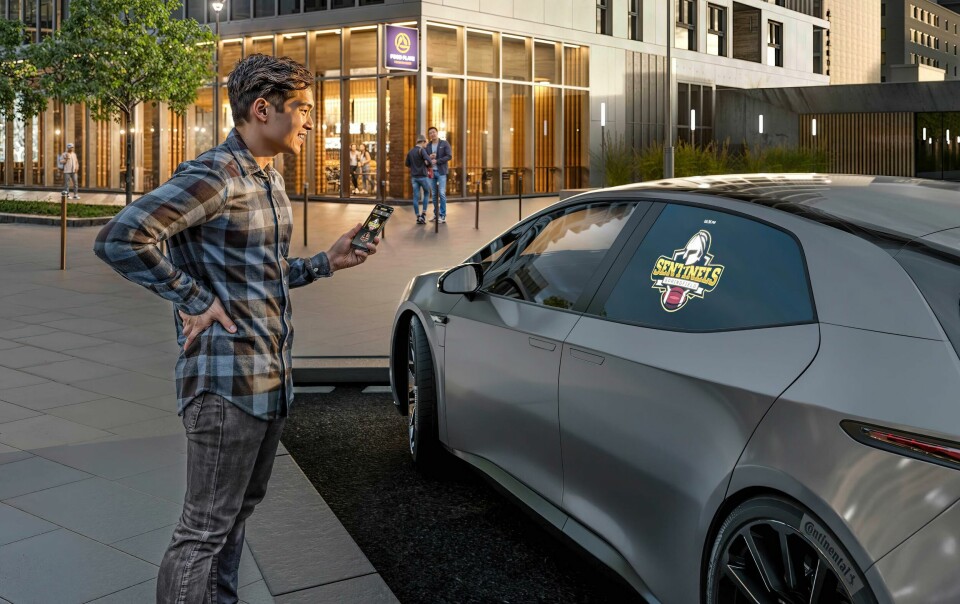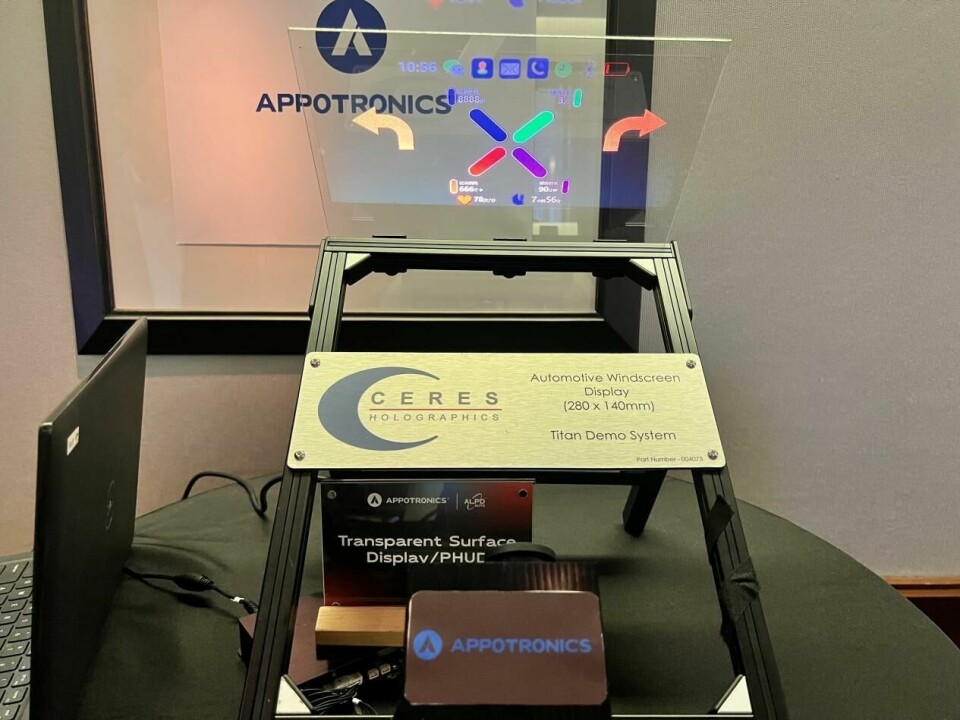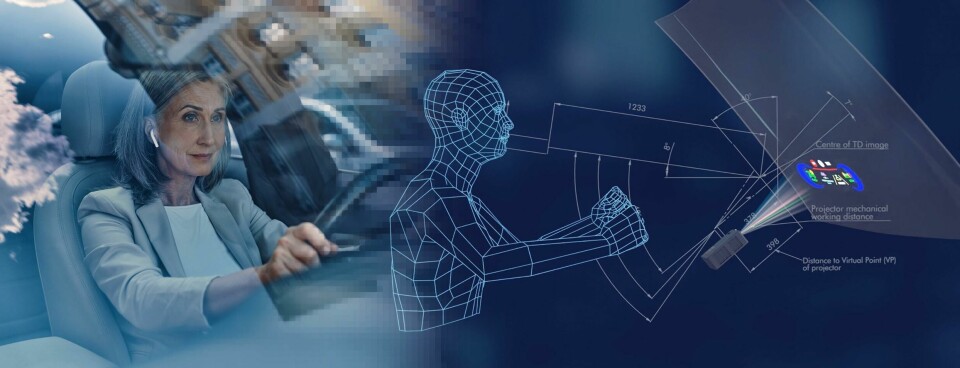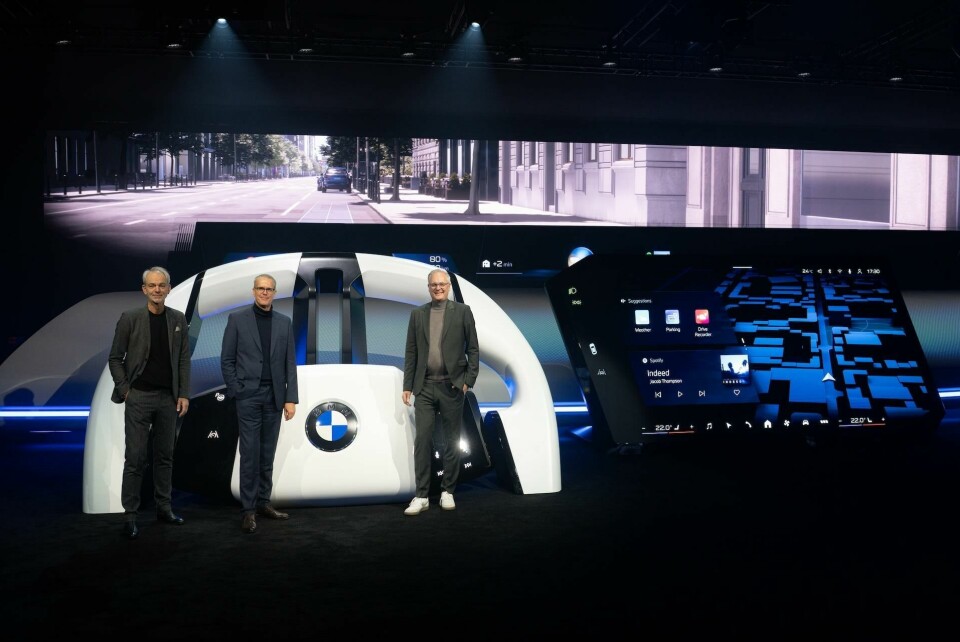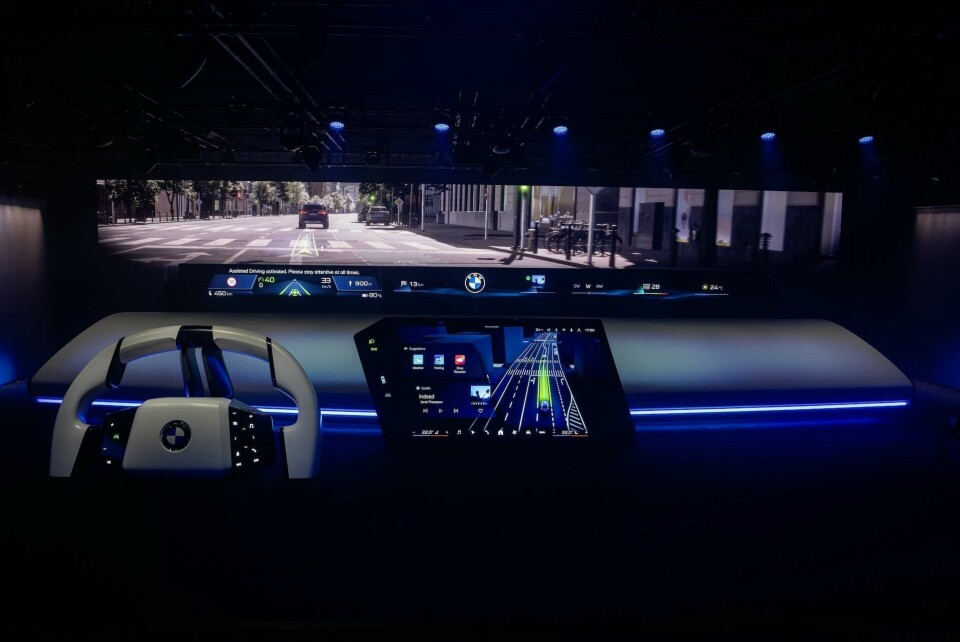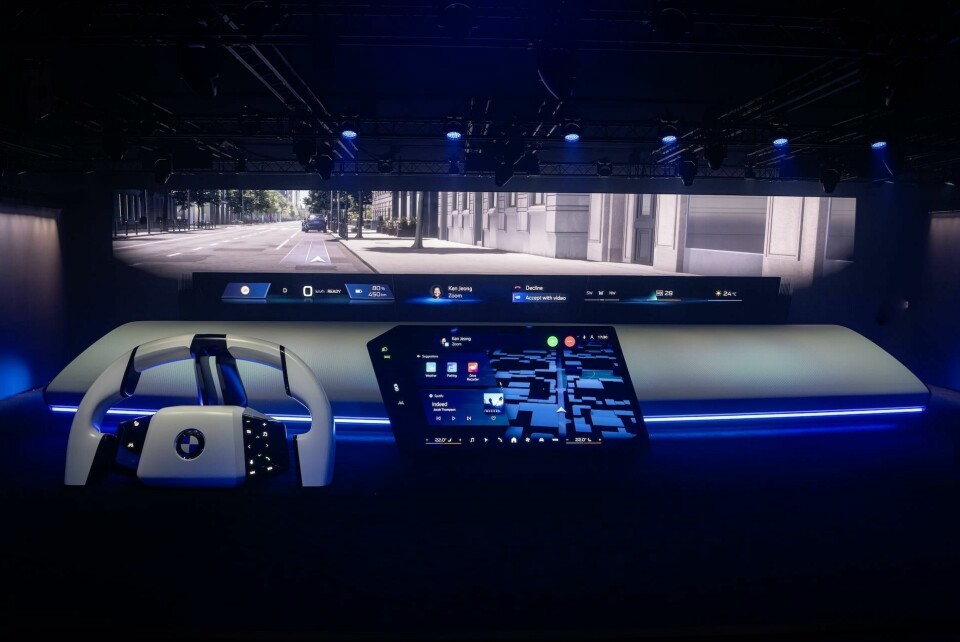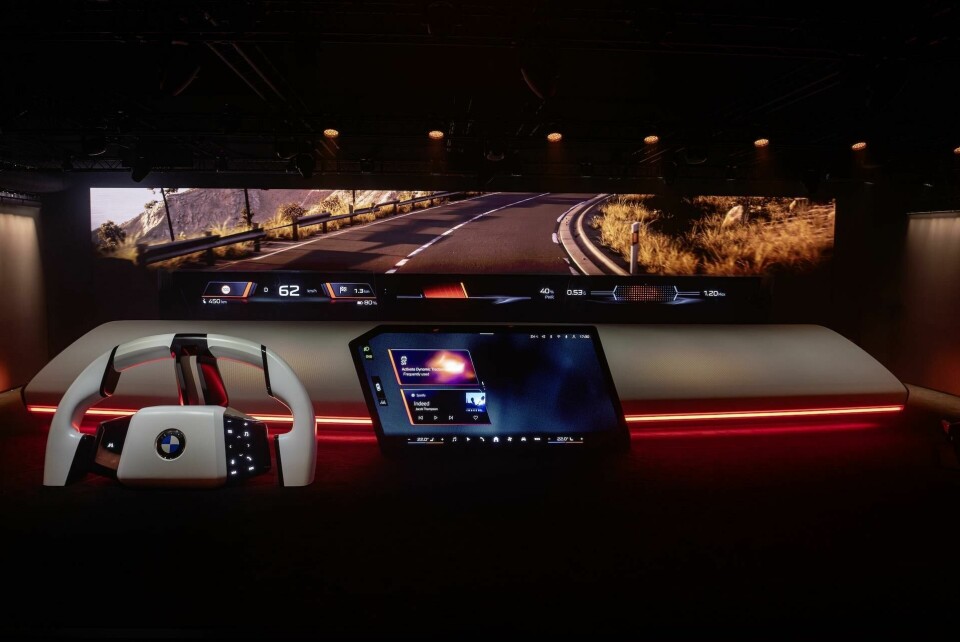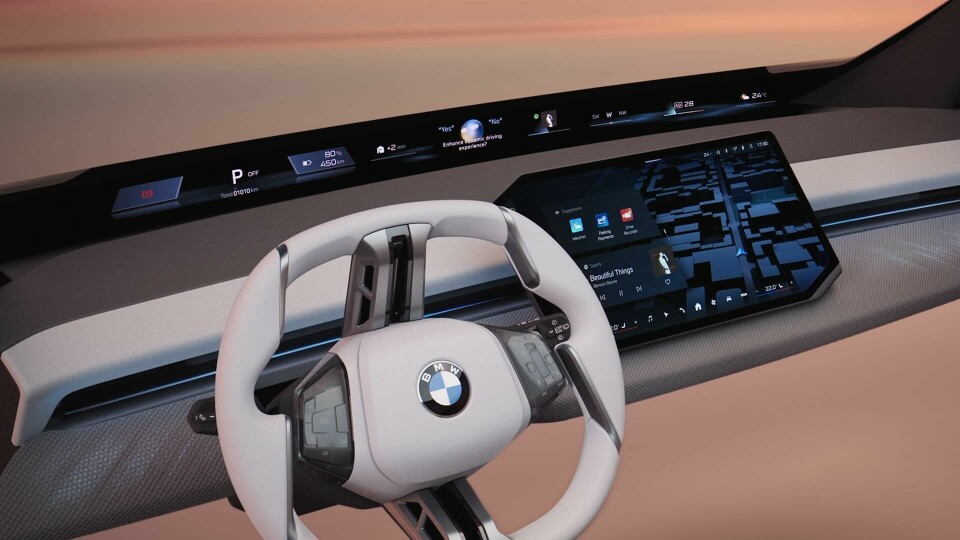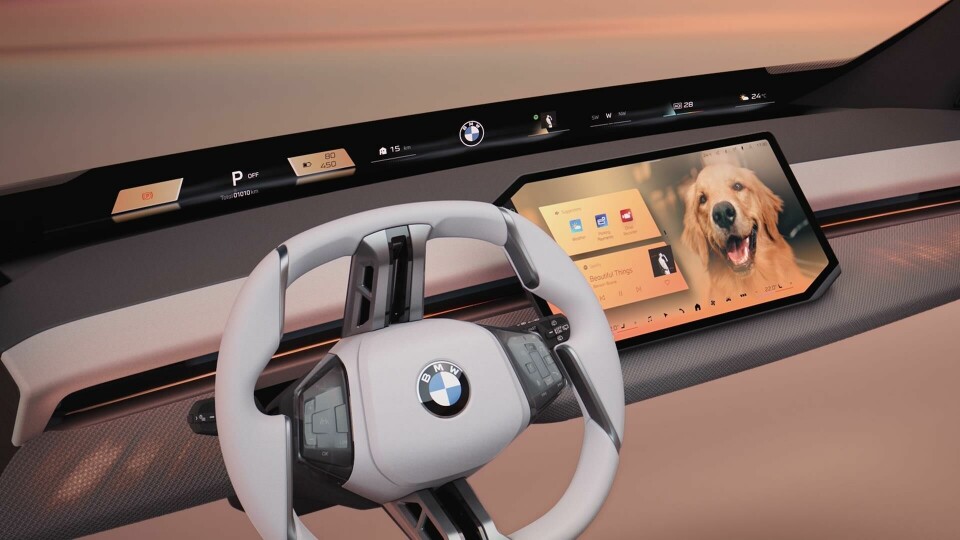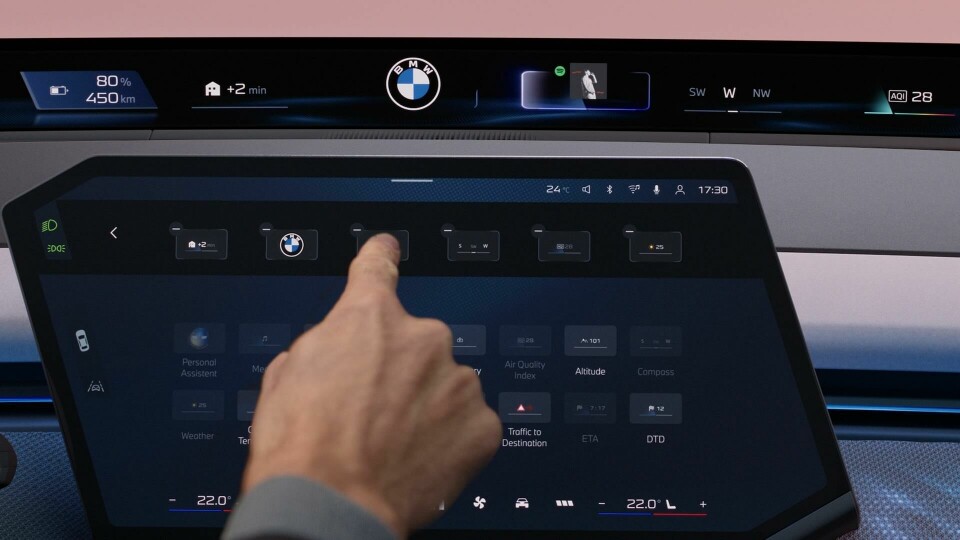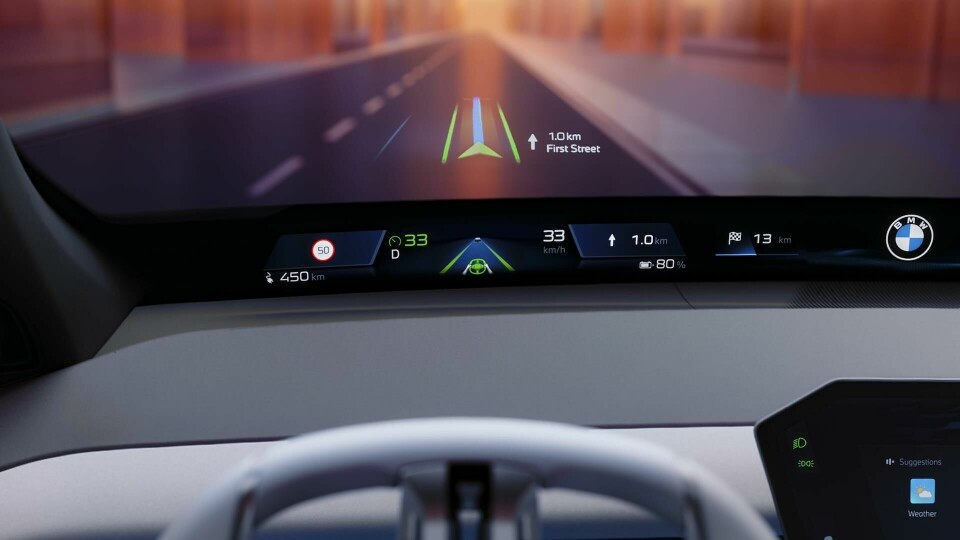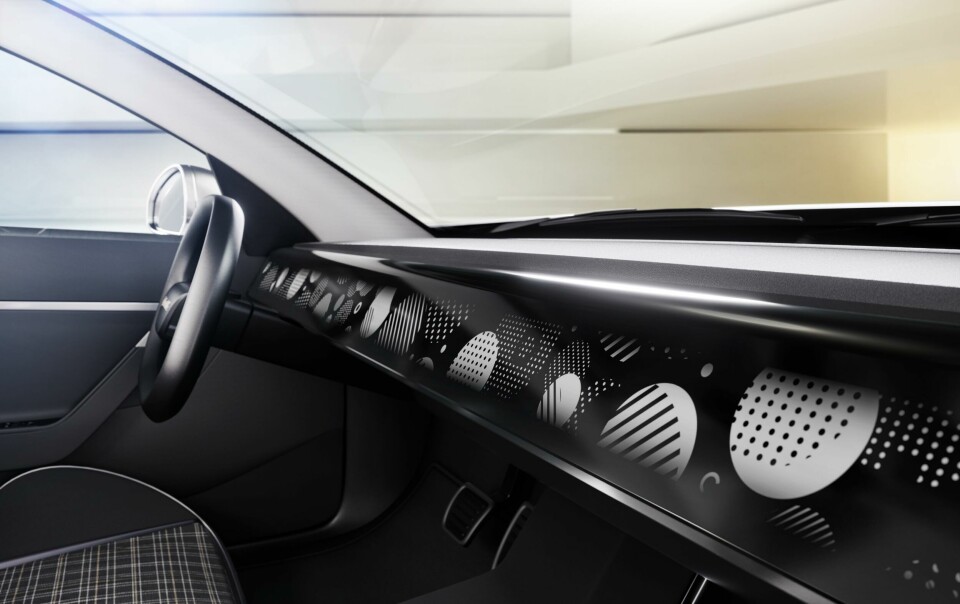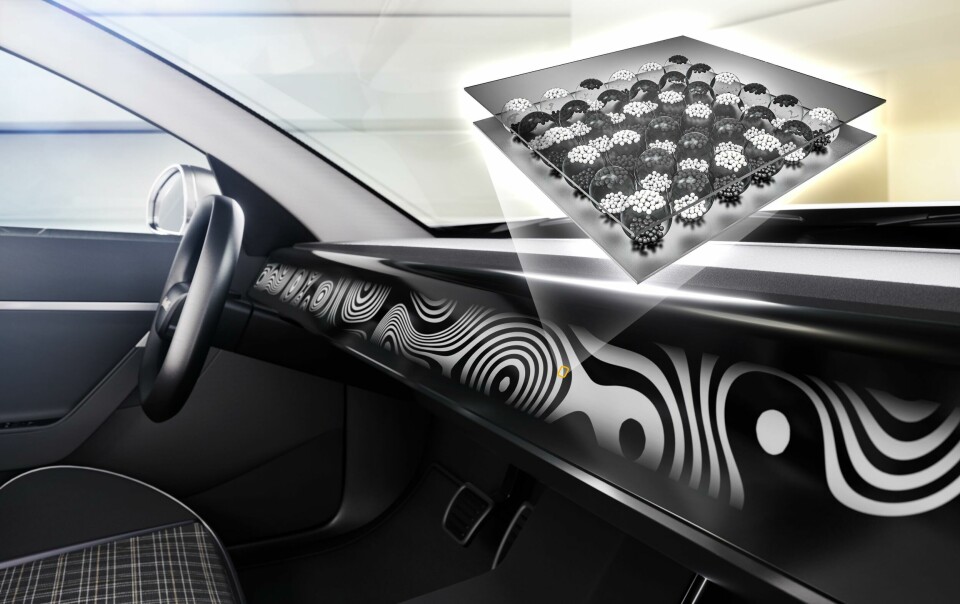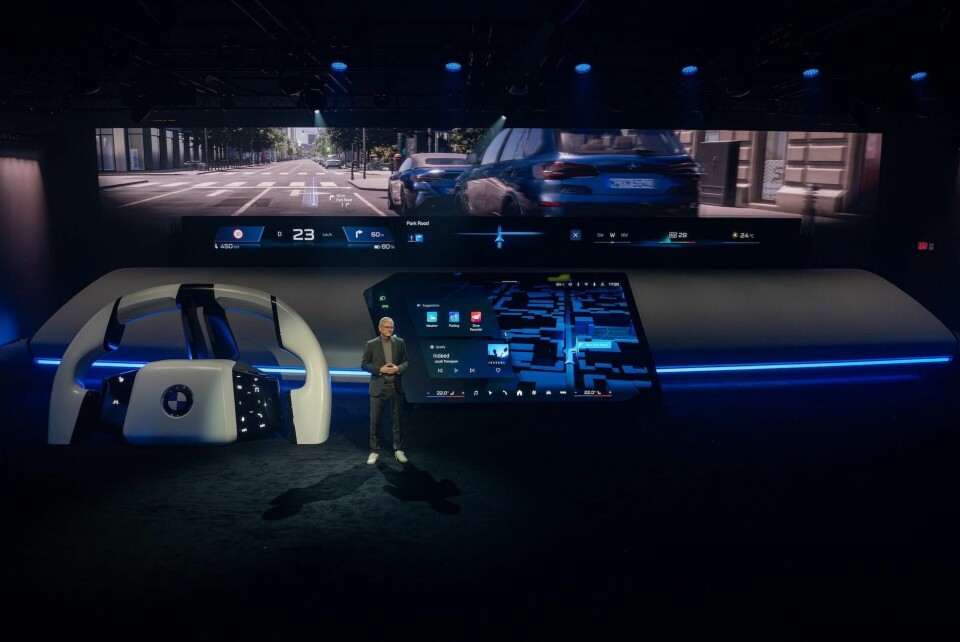
UX dominates the automotive stage at CES
Read on for an overview of the UX-related launches at CES 2025
CES (formerly the Consumer Electronics Show) has become a staple of the automotive events calendar but perhaps less so for the design crowd. That is changing as the car itself becomes more digital-forward and in many ways the show in Las Vegas is a barometer for what’s to come for future vehicles.
It is no secret that handheld gadgets, gaming, TVs and digital assistants have already infiltrated the cockpit with startling efficiency. That is only set to ramp up judging by this year’s CES – Hisense revealed a 136-inch smart TV with built in digital assistants, while Samsung has showcased its AI Companion that aims to boost the utility of its TVs. There are plenty of other examples.
Today, the car’s human-machine interface (HMI) is being shaped by similar trends: artificial intelligence, bigger more functional screens, new navigation systems and even content-streaming side windows. Here is a brief round-up of what we have seen on the UX front so far.
Windows that become screens
Suggestions that we had reached ‘peak screen’ with the onset of pillar-to-pillar touchscreens were tempting fate. Now, even the side windows are set to become content-ready.
Continental has put together a projection system that allows content to be streamed directly into the side windows, displaying personalised graphics, state of charge or a digital companion. The technology is enabled through a powerful mini projector which can even darken the entire window pane to better illuminate whatever content is being shown. Pavel Prouza, head of user experience at Continental, says it could in theory be integrated into the roof lining and that future generations will be “even more compact.”
Elsewhere, a partnership between Ceres and Appotronics aims to achieve a similar result, pairing laser and holographic technology to turn the windshield or side window into “highly differentiated displays.” Information on display could include speed, navigation or safety alerts, effectively operating like a huge heads-up display. The pair say that the result would be “automotive-qualified and safety-oriented.” Appotronics CEO Andy Travers notes that carmakers have more of a “consumer product” mindset in relation to the “pace of innovation and feature adoption.”
BMW’s new iDrive
This new display will underpin the new cockpit experience of the Neue Klasse – voted concept car of the year in our latest annual yearbook, Car Design Review 11. BMW says the prototype on show at CES is a “close to production” version that will also be introduced in all new BMW models from the end of 2025.
The combination of the Panoramic Vision hardware and Operating System X creates an “intelligence hub” that is described as one of the most comprehensive infotainment systems ever.
Specifically, it includes a new head-up display that shows relevant information across the entire lower section of the windscreen, visible to all occupants. The driver gets the most important details, while the passenger gets entertainment and convenience functions in direct view. The driver also has integrated navigation and automated driving information in plain view, in theory making it easier to gauge the car’s level of control.
BMW also says it has focussed on making controls via the touchscreen “easy and convenient,” ergonomically located in the ideal position. Finally, the multifunction steering wheel features so-called Shy Tech – a broader industry term – that describes the act of hiding functions until they are needed. “Buttons provide active haptic feedback,” the company says, and have “a well-judged, relief-like surface, which makes them extremely easy to locate and means the driver can press them without needing to divert their gaze away from the road.”
“The car that understands”
Harman has introduced what it describes as a suite of intelligent, contextually-aware technologies that redefine human-machine interaction. More specifically, the supplier has introduced Luna, an avatar that runs on an AI platform.
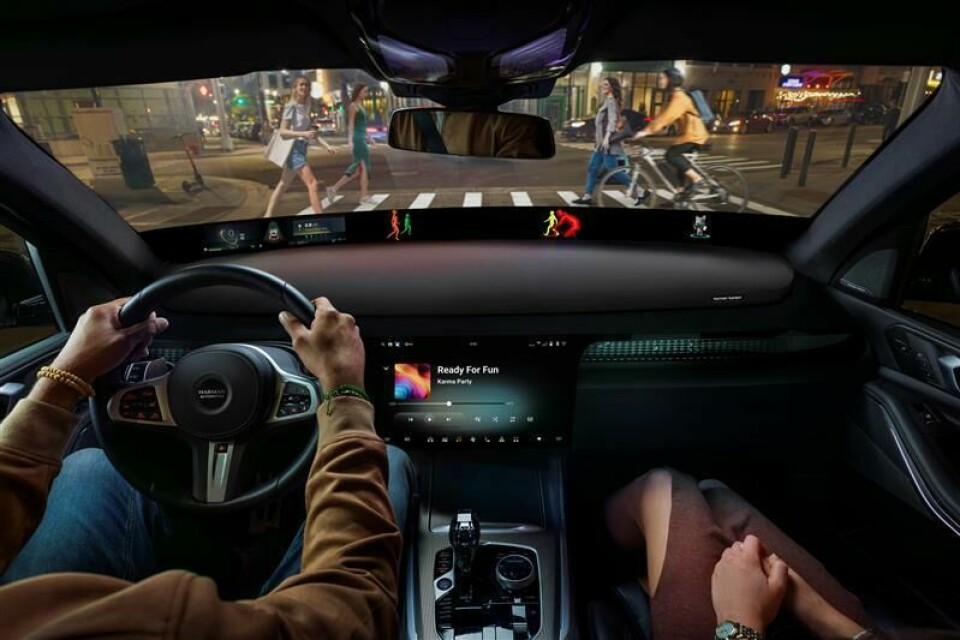
“Imagine stepping into a car that doesn’t just respond to your commands,” the company says, “but [also] understands your needs, adapts to your preferences, and creates an environment that understands and uniquely engages with you.”
It is often said that owners build a bond with their cars despite being inanimate objects. Well, developers better ensure that intelligent cockpits do not end up with annoying personalities, otherwise those bonds may well begin to break. And nobody wants to break up with their car.
Qualcomm and Panasonic “redefine” the in-vehicle experience
Two major Tier 1s have revealed a new digital cockpit solution – Snapdragon Cockpit Elite which – if you sift through the wash of buzzwords in the announcement – promises to support a host of different applications, from advanced 3D graphics to optimised in-vehicle gaming.
As can be the case with launches like these, it is genuinely quite challenging to discern what exactly is on offer, but Qualcomm and Panasonic promise it will redefine the cabin experience. In fact, ‘redefine’ may end up being the buzzword of the year at this rate. Together, they say, “[we] are shaping the future of mobility, creating innovative solutions that combine cutting-edge technology, adaptability and safety-rich features, designed to meet the evolving needs of drivers and passengers.” Gotcha. Sounds promising, either way.
The only way you want ink in the cockpit…
Beyond its window projection technology, Continental has also showcased what it described as the “emotional cockpit” which utilises E Ink for a new 1.3-metre long display across the dashboard.
The idea is that it will allow unique patterns, colours and icons to be shown, not only for aesthetic appeal but for functional purposes, too. For example, displaying a vehicle’s range or adding ambient light and personalised graphics. The E Ink technology is also being trialled on the exterior, coating the B-pillar in order to communicate with the outside world. Again, vehicle range or charging status is deemed a key use case.
Garmin’s Unified Cabin concept
Garmin has built on its Unified Cabin concept, revealed first in 2023 and now in its third generation. It combines a suite of technologies (many of which are not visible to the user) including high performance computers, new screens, lights, sounds and cabin monitoring systems. The gallery below shows this year’s version, and then the earlier variant from 2024.
The refreshed 2025 concept maintains a four-person layout with an ultra-wide display on the dash. This is supported by another large screen below it, and in total there are six individual screens throughout the interior. Different themes can be downloaded and shown on all displays, including the instrument cluster, while the main screen up front offers improved blind spot visibility. A new app now enables any display to be controlled remotely via a smartphone.
Road and traffic alerts “at the right time, in the right way”
HERE and Aiden have collaborated to offer intelligent traffic updates in a way that keeps drivers informed without being distracted. Beyond that, the idea is to create a navigation system that actively prompts drivers on points of interest based on the vehicle’s location and how it is being used.
If road conditions are particularly hazardous, for example, alerts are tailored such that unwanted (and unsafe) distractions are avoided, keeping the driver’s attention on the road and feeding updates that might encourage them to drive more carefully. Personalised recommendations centre more on convenience, including suggestions for fuel stations, charge points and parking.
